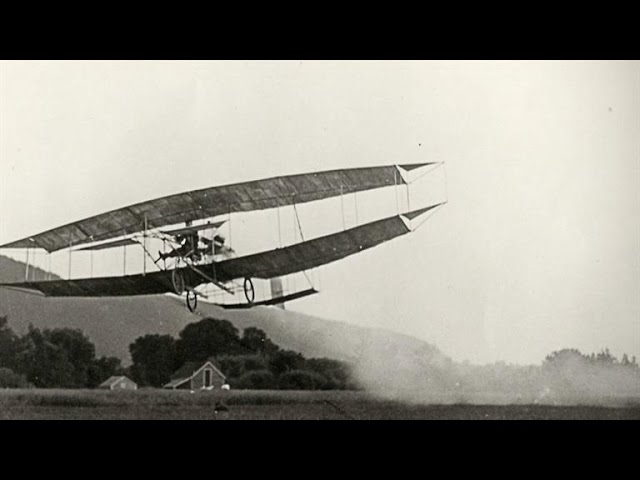Glenn Hammond Curtiss was one of the most prolific innovators and successful entrepreneurs in early aviation history. His technological contributions and business acumen helped transform experimental flying machines into viable aircraft produced on an industrial scale.
Born in 1878 in Hammondsport, New York, Curtiss was fascinated with bicycles and motors from a young age. He manufactured lightweight bicycle frames and co-founded a bicycle business, providing the skills he later applied to aircraft. His interest turned to engines and motorcycles, where he set speed records topping 60mph.
In 1907, the Aerial Experiment Association, led by Alexander Graham Bell, invited Curtiss to supply motors for their aviation experiments. Curtiss made key design modifications that resulted in record-breaking aircraft like the Silver Dart.
Curtiss quickly recognized the commercial potential of aviation. In 1909, he mass-produced copies of the AEA’s designs and started selling aircraft, establishing the Curtiss Aeroplane Company. He trained early pilots and promoted aviation through exhibitions.
A gifted innovator, Curtiss made fundamental improvements to aircraft control and stability. His most significant contribution was developing ailerons for roll control, which is still standard on planes today. Other vital innovations included split flaps, trimming tabs, and floatplanes.
During the early 1910s, Curtiss planes dominated competitions and speed trials due to their superior performance. He supplied aircraft designs to the U.S. Army and Navy, influencing military aviation. During World War I, Curtiss produced thousands of training aircraft, seaplanes, and the Navy’s first fighter.
By the 1920s, Curtiss was the largest aircraft manufacturer in the U.S. He merged his company into the Curtiss-Wright Corporation, which continued producing iconic aircraft like the Curtiss JN-4 “Jenny” trainer. Glenn Curtiss’s mechanical genius and entrepreneurship played a seminal role in shaping early aviation.





